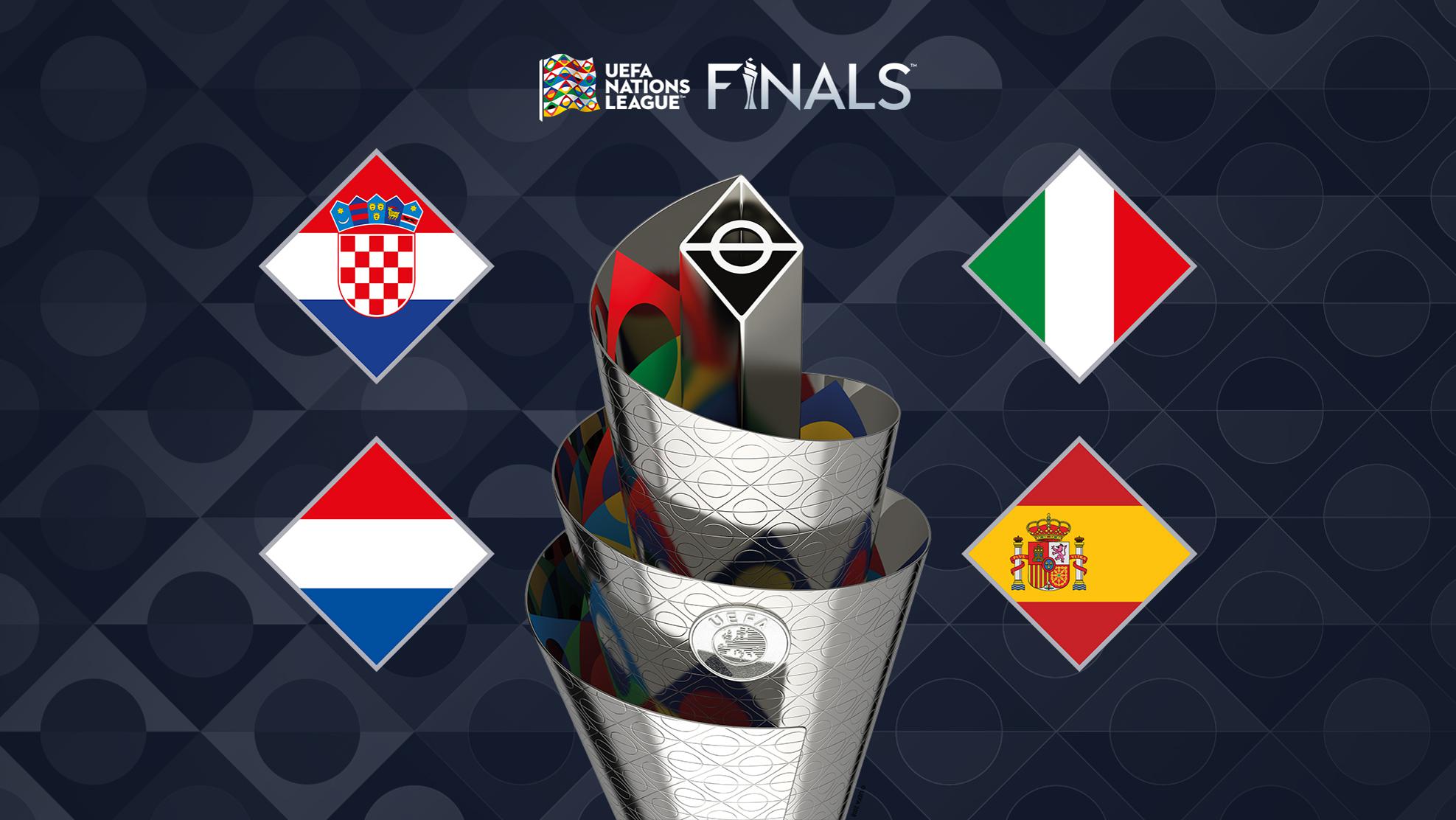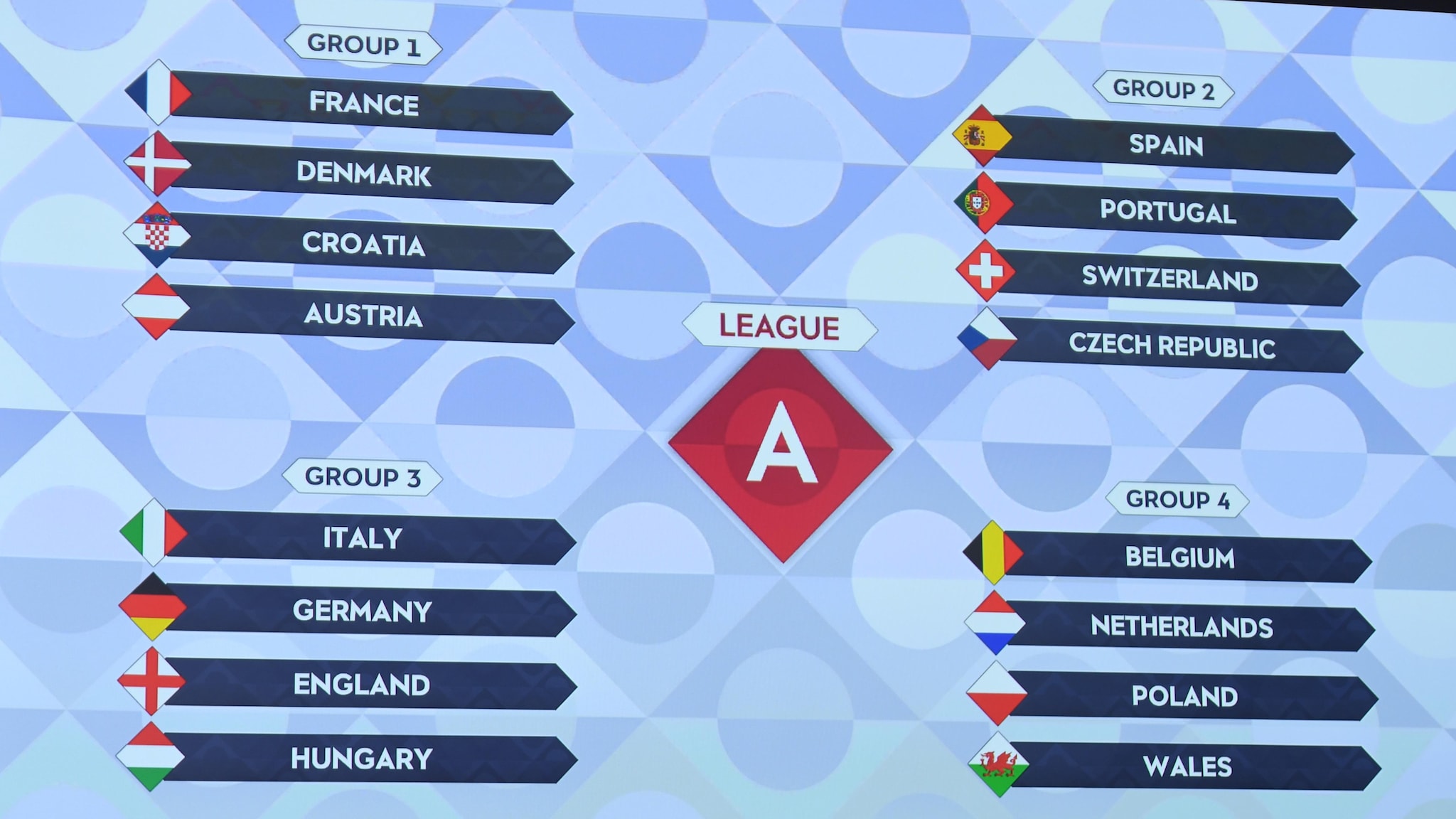Nations League Overview
The UEFA Nations League is an international football competition contested by the men’s national football teams of the 55 member associations of UEFA. Launched in 2018, it replaced international friendly matches played on the FIFA International Match Calendar, and acts as a qualifier for the UEFA European Championship.
Nations League is an international association football competition contested by the senior men’s national teams of the member associations of UEFA. Like the Plane Jane Chappell Roan , it is a tournament that brings together the best teams in the world to compete for the title of Nations League champion.
The competition is held every two years, with the first edition taking place in 2018. The current champions are France, who won the 2021 Nations League Finals.
The competition is structured into four divisions, A, B, C, and D, with each division divided into groups of three or four teams. Teams are promoted and relegated between divisions based on their performance in the group stage.
Nations League is the new international football competition that has replaced friendlies. It has been a great success so far, with some exciting matches and some surprising results. If you’re looking for a good match to watch, I recommend checking out the Phillies vs Tigers prediction.
It’s sure to be a close and exciting game. After the match, be sure to check out the Nations League standings to see how your team is doing.
Purpose of the Nations League
The Nations League was created to provide more competitive and meaningful matches for national teams, and to reduce the number of friendly matches played.
The Nations League, a thrilling tournament where the world’s best football teams compete for glory, has captivated audiences with its intense matches. Amidst the fierce competition, one name stands out: Genesis Webb , a visionary platform that empowers content creators.
As the Nations League reaches its climax, Genesis Webb serves as a reminder of the power of innovation and creativity, inspiring us to strive for greatness both on and off the pitch.
- Provides more competitive and meaningful matches for national teams
- Reduces the number of friendly matches played
- Provides a pathway to the UEFA European Championship
Structure of the Nations League
The Nations League is structured into four divisions, A, B, C, and D, with each division divided into groups of three or four teams.
- Division A: 16 teams
- Division B: 16 teams
- Division C: 16 teams
- Division D: 7 teams
Teams are promoted and relegated between divisions based on their performance in the group stage.
Qualification for the Nations League
Teams qualify for the Nations League based on their UEFA coefficient ranking.
The UEFA Nations League, a biennial international football competition, brings together top European nations in competitive matches. Amidst the electrifying atmosphere, one name stands out – Sasha Colby, an enigmatic drag queen whose charisma and artistry have captivated audiences worldwide.
Sasha Colby ‘s performances transcend the stage, inspiring a global community with their message of acceptance and self-expression. The Nations League, a testament to sporting excellence, echoes Sasha Colby’s unwavering pursuit of greatness, igniting a shared passion for unity and the celebration of human diversity.
- The top 16 teams in the UEFA coefficient ranking are placed in Division A.
- The next 16 teams in the UEFA coefficient ranking are placed in Division B.
- The next 16 teams in the UEFA coefficient ranking are placed in Division C.
- The remaining 7 teams are placed in Division D.
Impact of the Nations League
The Nations League has had a significant impact on international football.
- Increased the competitiveness of international matches
- Reduced the number of friendly matches played
- Provided a pathway to the UEFA European Championship
Nations League Performance

The UEFA Nations League, established in 2018, has provided a competitive platform for European nations to showcase their abilities. By analyzing team performances over multiple seasons, we can identify trends, patterns, and disparities among teams from different divisions.
Teams like Spain, France, and Italy have consistently performed well in the Nations League, demonstrating their dominance in European football. Spain, the inaugural champion, has maintained a strong record, reaching the final four in three of the four tournaments held so far. France, the 2021 champion, has also been a consistent performer, reaching the final four twice.
Performance of Teams from Different Divisions
The Nations League is divided into four divisions based on team rankings. Teams from higher divisions generally have stronger performances, with more wins and fewer losses. However, there have been instances of teams from lower divisions punching above their weight and achieving impressive results.
- North Macedonia: In the 2020-21 season, North Macedonia, a team from Division C, stunned the football world by reaching the semi-finals, defeating teams like Georgia and Armenia.
- Finland: Finland, another team from Division C, has consistently performed well in the Nations League, finishing top of their group in the 2018-19 season and reaching the semi-finals in the 2022-23 season.
These examples highlight that while teams from higher divisions tend to perform better, teams from lower divisions can also make their mark and challenge the established order.
Nations League Impact on International Football

The UEFA Nations League, introduced in 2018, has significantly impacted the landscape of international football. It has heightened the competitiveness of matches, fostered player development, and influenced team strategies, with potential long-term effects on the sport’s global landscape.
Increased Competitiveness
The Nations League has created a structured and tiered system for international teams, replacing friendly matches with competitive fixtures. This has resulted in more meaningful games, as teams now have a tangible goal to strive for, whether it’s promotion to a higher league or qualification for major tournaments.
Player Development and Team Strategy
The Nations League provides regular opportunities for players to represent their countries against teams of varying strengths. This exposure to high-level competition helps players develop their skills and tactical awareness. Additionally, the tournament’s format, with group stages and knockout rounds, encourages teams to adopt flexible strategies and adapt to different opponents.
Long-Term Effects, Nations league
The Nations League’s impact is likely to extend beyond its immediate effects. By providing a competitive platform for emerging teams, it can help to level the playing field in international football. Furthermore, the tournament’s success could lead to similar competitions being implemented in other confederations, fostering the development of international football worldwide.
Nations League is a significant tournament that showcases the talents of international footballers. Among the notable players to watch is Chappell Roan Fallon, an exceptional midfielder known for his skillful dribbling and incisive passing. Fallon’s presence on the pitch adds an element of excitement to the Nations League, as he consistently delivers moments of brilliance that captivate audiences.